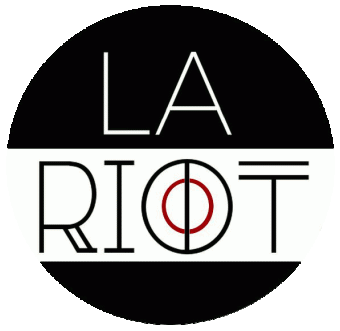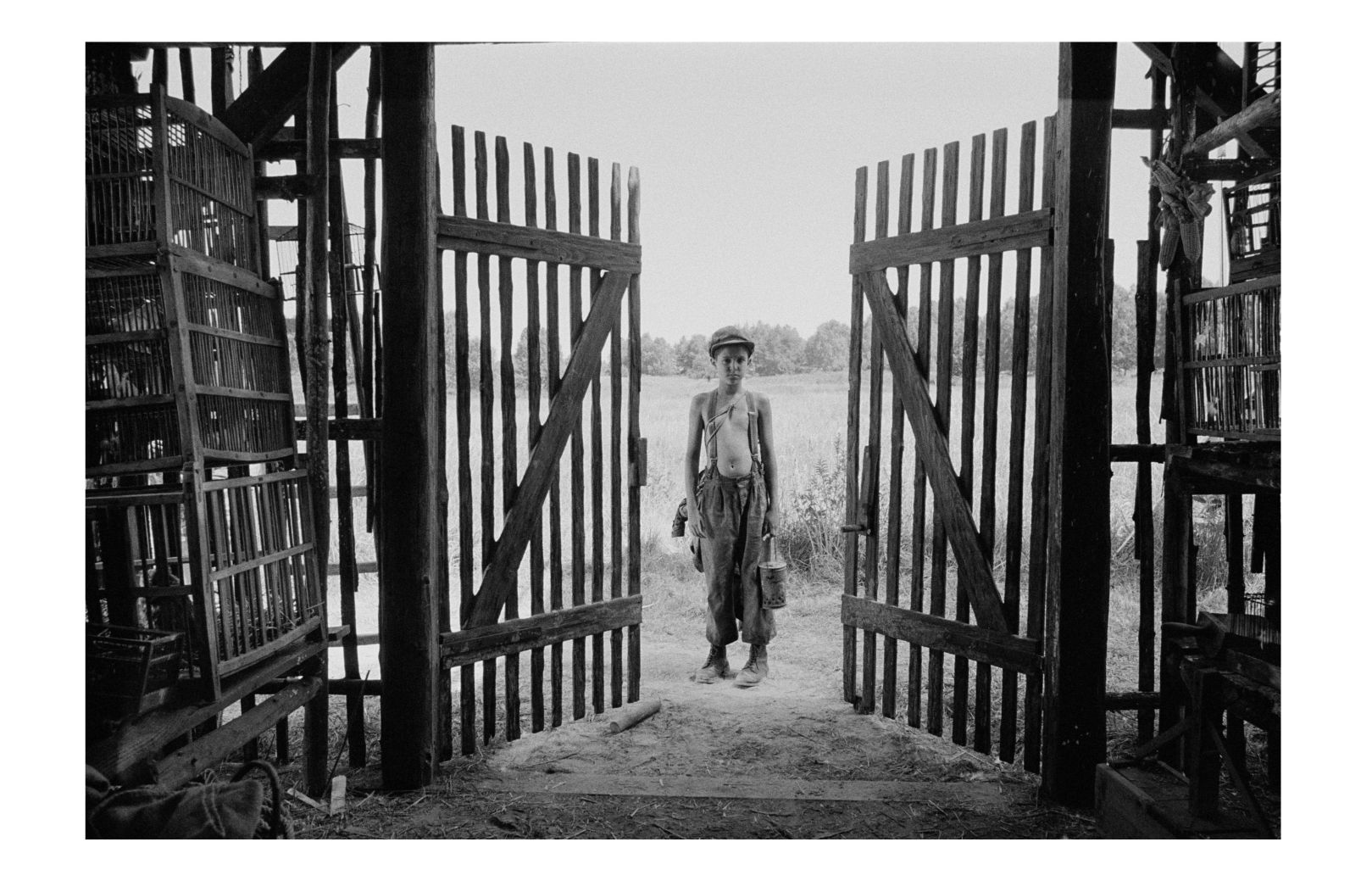A bird’s wings are marked with paint, right before he is freed to return to his flock. Within seconds, the flock recognizes the bird as different and turns against the newcomer, picking at it until its lifeless body falls from the sky. Our protagonist, a young Jewish boy whose name and identity remain a mystery along his quest for survival, silently observes the bird’s death. In many ways, the presence of animals in Václav Marhoul’s The Painted Bird comes to show that, regardless of our ongoing attempts to present the human as an enlightened and superior being, we are all animals in the end. Any attempt at civilization crumbles when it is pressured by the need to survive. Set in the second world war, this need for the protagonist becomes all the more urgent, but also more unattainable.
Both human-to-human relations as human-to-animal relations in The Painted Bird are determined by a sense of power, dominance and pragmatism. Whenever it doesn’t function to fulfill a need, the relation can be broken and the person or animal discarded. Without a family or home, the protagonist finds himself in need of depending on different people along a journey with no apparent destination. At first, he still seems to seek trust or security within each new person he engages with. However, their exploitative approach in handling the boy as well as the continuous barbarity he is made to face results in him no longer having room for individual desires, moral considerations or selfless acts. His sense of identity gradually fades as the mere desire for survival becomes dominant.
Based on the book by Jerzy Kosiński, The Painted Bird does not shy away from depicting cruelties that even on paper are difficult to face. The film maintains a similar structure to a book by dividing the film in chapter-like segments, each introduced by the name of the new person the protagonist encounters. The central position of the name of this person, which often points to an individual identity, is interesting in light of the lack of identity each character has. The circumstances excuse them from developing any dimension or depth. The story therefore seems a bit too convinced of its own argument that the human essence is inherently cruel, lacking nuance to such an extent that the film creates a cycle of expectation of when the newly introduced person finally demonstrates this cruelness. It merely becomes a matter of waiting to see what brutal act will be presented next. Though a lot can be excused due to the captivating black-and-white shots and the slight spark of hope that makes you root for the protagonist’s survival, the film loses itself slightly in the repetitive rhythm it creates.
A spiraling source of negativity or a necessary wake-up call to the human condition? The influence of The Painted Bird will depend on the amount of hope still left in the viewers that dare to make it to the end of it.
Written by Rowan Stol

